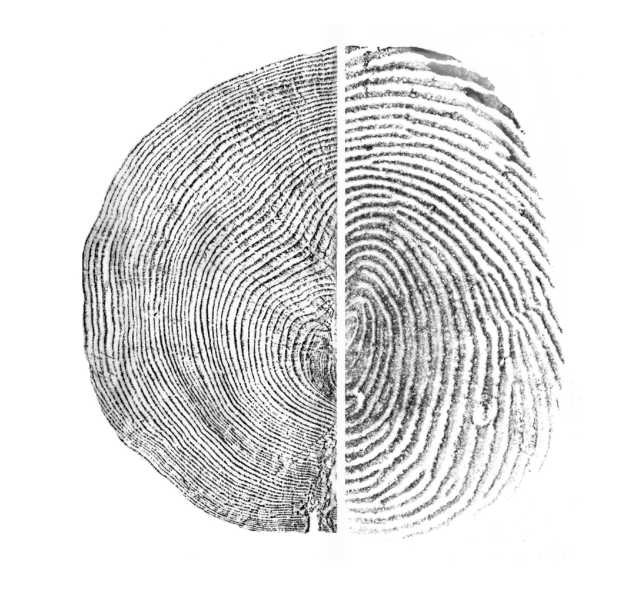After just four early-season swims in Munn Lake, just south of Olympia, I am feeling more comfortable getting into and swimming in cold water. “Cold” is getting warmer in this lake. My first swim, on March 21, was in 52 degree F water. The water (at least in the shallows) was 60 degrees F today, though it seemed colder without the sun and with the air temperature only in the upper 50s.
My friend and I usually use the concrete slab boat ramp to enter the water, but this darling little rowboat was coming ashore and its owner was going to be using the ramp to trailer the boat. To make sure we were out of his way, we moved with a bit more alacrity that usual. Which was a good thing. It meant we didn’t dawdle on the shore. We splashed water on our faces (a trick to help reduce the shock of the cold water on the rest of your body) and were fully immersed in under five minutes.
It’s amazing what happens in those first few minutes of immersion. The anxiety about getting in (which had been building up all afternoon) dissolves in the water. You stop holding your breath. You breathe somewhat normally. And your body relaxes into the water. And then the water feels good. Or perhaps what feels good comes from the fact you got in. You did it—not exactly gracefully but at least without screaming and thrashing and stating too loudly the obvious: “It’s sooooooo cold!”
My friend and I worked our way to the middle of the lake with a combination breast stroke (head above water) and crawl. At first I could do about 10 strokes before my face hurt. But then, as my skin numbed, I could do 30. But my legs were also numb and my muscles fatigued quickly and I my breathing was becoming a bit more labored than I like. Being sensitive to your own comfort and capability in cold water is essential and I felt no need to push myself into the hypothermic zone.
Splashing water on your face helps with the entry into cold water and sipping hot tea helps with the exit. I like to keep a thermos of hot rooibos tea and few cups in the car. Warming up the core from the inside (instead of from the outside with a hot shower) is best immediately after a cold-water swim.
Once I warmed up back at home and looked at my photo of the little fishing boat, I realized how much it looked like a water boatman—the aquatic insects that have long oar-like legs that help them move across and under the water with natural grace.
Water boatman. (Photo by E. van Herk - nl:Afbeelding:Notonectaglauca.jpg, CC BY-SA 3.0, https://commons.wikimedia.org/w/index.php?curid=506562







